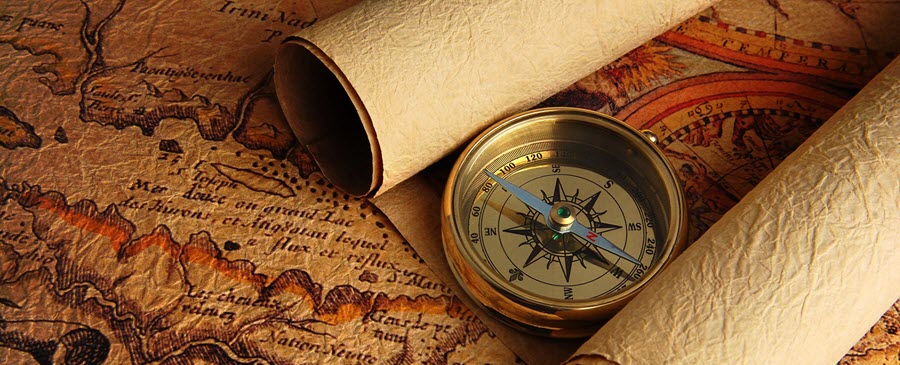Graduate Certificate

A graduate certificate in Geographic Information Science and Technology is offered through the Department of Geosciences. The certificate program is designed to provide a flexible solution for professionals, gradute students and recent graduates who would like to further their education in geospatial technology. The core requirements of the program include GIST 5300, 5302, 5304 and two electives. For recent graduates, credit will not be applied toward the graduate certificate for equivalent courses taken at the undergraduate level. For students who have already completed one or more of the core requirements and/or electives at the undergraduate level, the graduate certificate requires an additional 15 hours (4 courses) of instruction.
|
GIST
5300. Geographic Information Systems (3) An introduction to geographic information systems (GIS) for thematic mapping and spatial analysis. Laboratory emphasizes experience with professional GIS software. |
|
GIST
5302.Spatial Analysis and Modeling (3) Prerequisite: GIST 5300 or equivalent. A second course in geographic information systems. Focuses on the analysis of spatial data and modeling |
|
GIST
5304. Advanced Geographic Information Systems
(3)
Prerequisite: GIST 5300 or equivalent. An advanced course in GIS focused on spatial data management, editing, topology, models, and cartographic representations. |
|
GIST
5308. Cartographic Design (3) Prerequisite: GIST 5300 or equivalent. Theory and practice of cartographic design with an emphasis on visual thinking and communication using GIS. |
|
GIST
5310. GPS Field Mapping (3) Prerequisite: GIST 5300 or equivalent. Use of the global positioning system (GPS) and mobile field mapping software for navigation and the acquisition of spatial data. |
|
GIST
5312. Internet Mapping (3) Prerequisite: GIST 5300 or equivalent. Study of the technology used to distribute maps over the internet. Emphasis is on the development of interactive web mapping applications. |
|
GEOG 5301. Remote Sensing of the Environment (3) Review of remote sensing techniques, including air photo interpretation and digital satellite image processing. Emphasis on the use of remote sensing imagery in geographic information systems. |
|
GEOL 5341. Digital Imagery in the Geosciences (3) Introduction to digital image processing, visualization, and raster GIS modeling applied to geosciences. Involves computer lab exercises. |
|
GEOL
5342. Spatial Data Analysis and Modeling in Geosciences (3) Introduction to vector GIS data manipulation, geostatistics, and spatial modeling applied to geosciences. Involves computer lab exercises. |
|
NRM 5404. Aerial Terrain Analyis (4) Exploration of methods, the utilization of techniques, and evaluation of landscape using aerial photographs. An introduction to the theories, technical and practical aspects, and considerations of computer based geographic information systems in landscape planning, design, and management |
